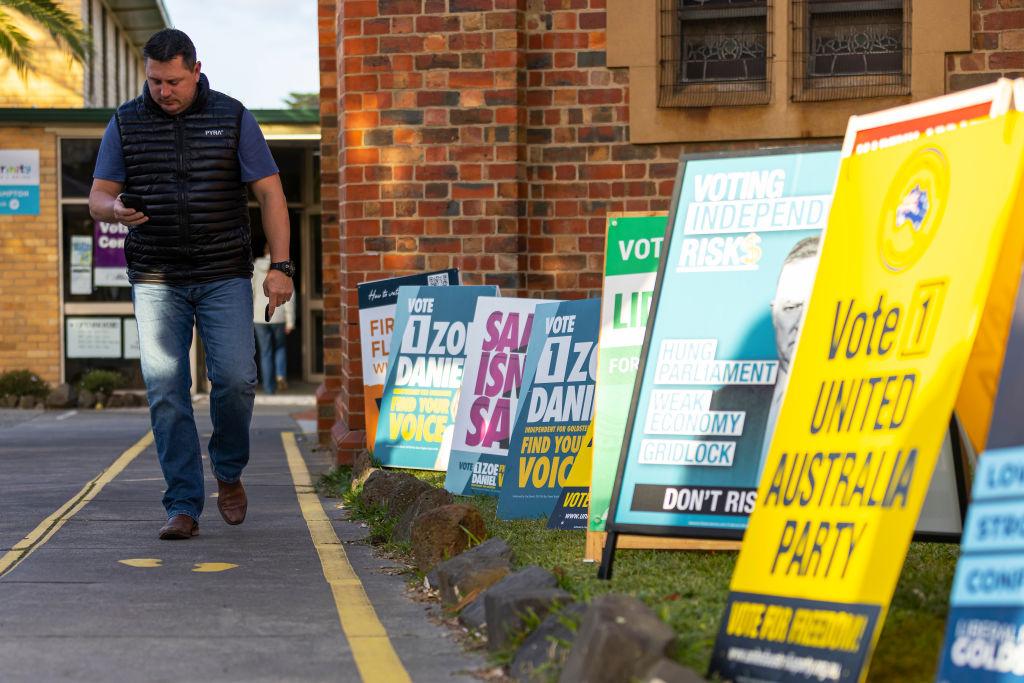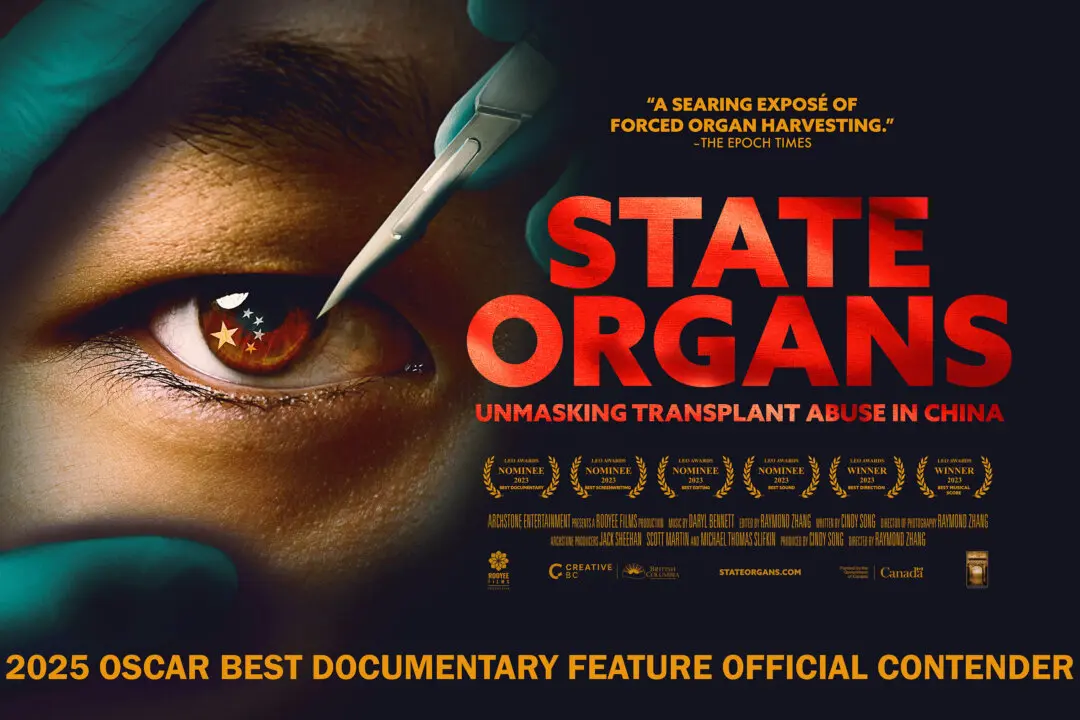Unsuccessful One Nation candidate George Christensen admits the lack of coordination between “pro-freedom” political parties at the recent federal election likely cost several Senate seats.
The comments come after the left-wing Australian Greens secured a record haul of seats at the election and whose preference votes, along with the so-called “teal” independents, helped the opposition Labor Party win office.





